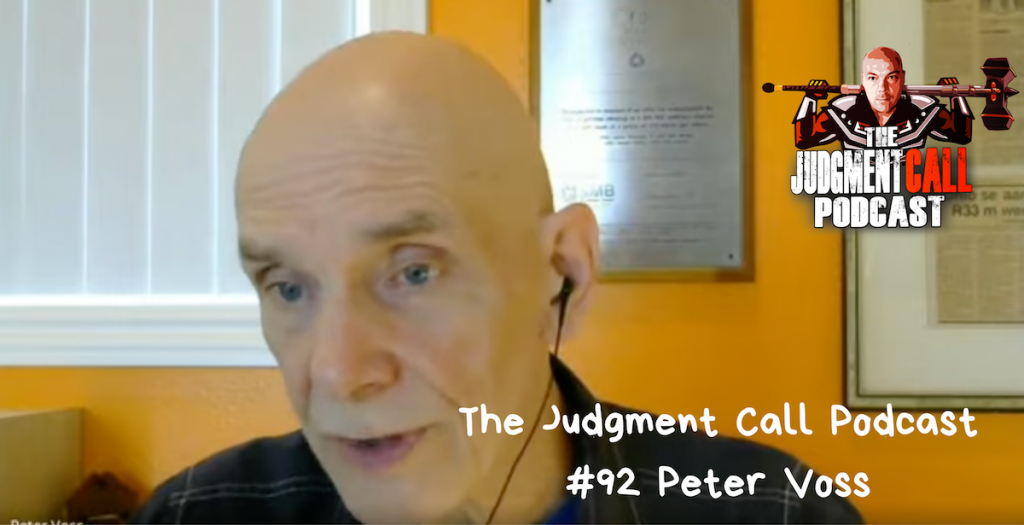Thomas Thornton (The past, present and future of Hedge Funds)

- 00:00:30 Thomas’ experience at Wall Street (including running his own hedge fund and an insider trading investigation while working with Steve Cohen) and why he started his latest firm Hedge Fund Telemetry?
- 00:18:40 How Thomas selects themes and timeframes for his daily newsletter?
- 00:24:25 What Thomas thinks of the crypto bubble?
- 00:35:44 Is deflation or inflation the bigger issue right now? Should low income jobs be made redundant?
- 00:46:32 What it means to be a hedge fund manager? Should we aspire to become a Hedge Fund managers? How hedge funds prop up nascent ‘strategy managers’?
- 01:05:02 Why and how should retail investors be exposed to as many financial instruments as possible?
- 01:08:02 What fund managers does Thomas admire?
- 01:14:02 What character types does the financial industry attract?
- 01:29:38 Why are negative (or extremely low) yielding bonds of interest to investors?
- 01:36:22 Thomas’ secret love for the Grand Tour/ Top Gear shows.
You may watch this episode on Youtube – #93 Thomas Thornton (The past, present and future of Hedge Funds).
Thomas Thornton is a former portfolio manager, senior trader, and technical analyst with Level Global Investors and Galileo Capital. Thomas is writing a daily investment newsletter at Hedge Fund Telemetry.
Big Thanks to our Sponsors!
ExpressVPN – Claim back your Internet privacy for less than $10 a month!
Mighty Travels Premium – incredible airfare and hotel deals – so everyone can afford to fly Business Class and book 5 Star Hotels! Sign up for free!
Divvy – get business credit without a personal guarantee and 21st century spend management plus earn 7x rewards on restaurants & more. Get started for free!
Brex – get a business account, a credit card, spend management & convertible rewards for every dollar you spend. Plus now earn $250 just for signing up (Terms & Conditions apply).






